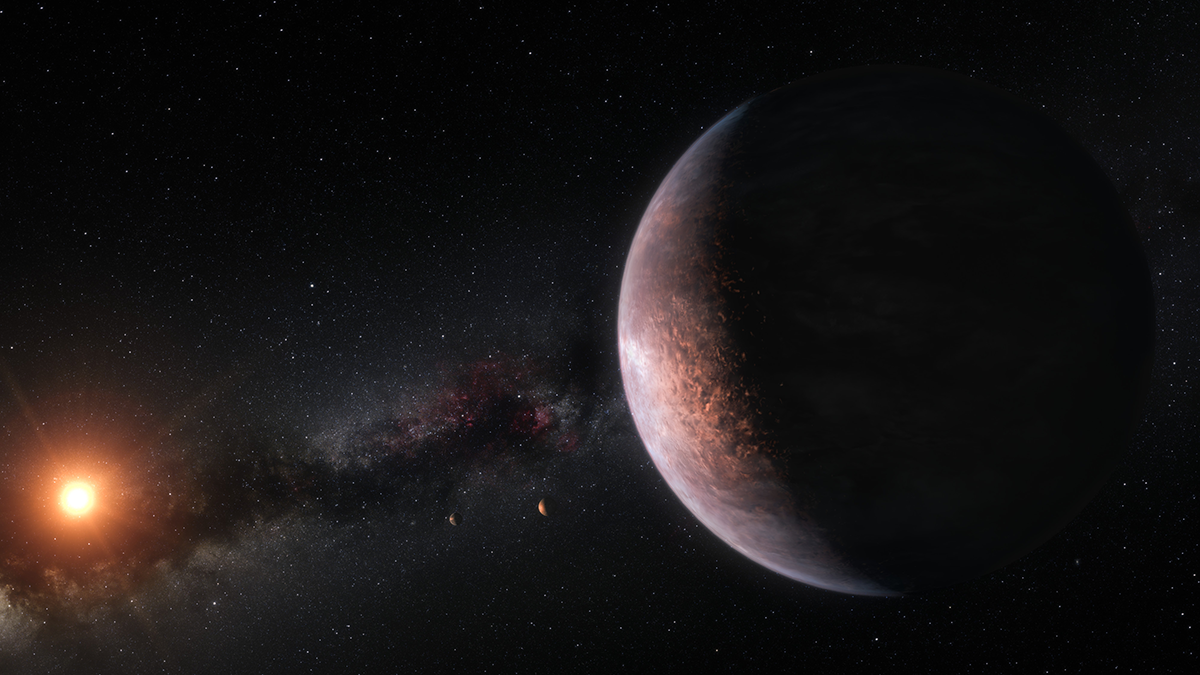El fechamiento por radiocarbono es un pilar de la climatología y la arqueología. Sin embargo, esta metodología se encuentra amenazada por las emisiones de combustibles fósiles, que invalidan una señal útil proveniente de pruebas nucleares.
Caroline Hasler
Posted inNews
Radiocarbon’s Blast from the Past
Radiocarbon dating is a cornerstone of climate and archaeological sciences. But the method is under threat as fossil fuel emissions negate a useful signal from atomic tests.
Posted inFeatures
Tidally Locked and Loaded with Questions
Tidally locked planets always present the same face to their host stars. What does this mean for their potential to support life?



